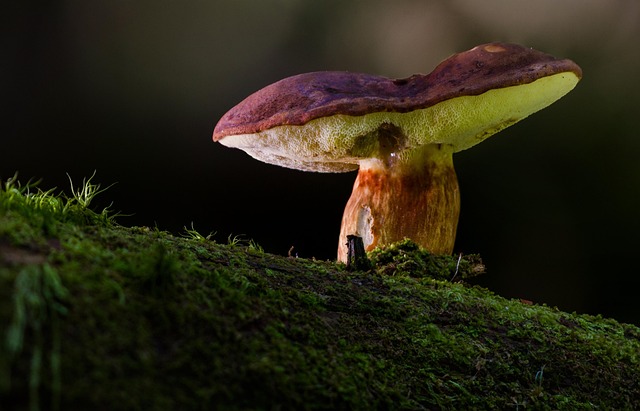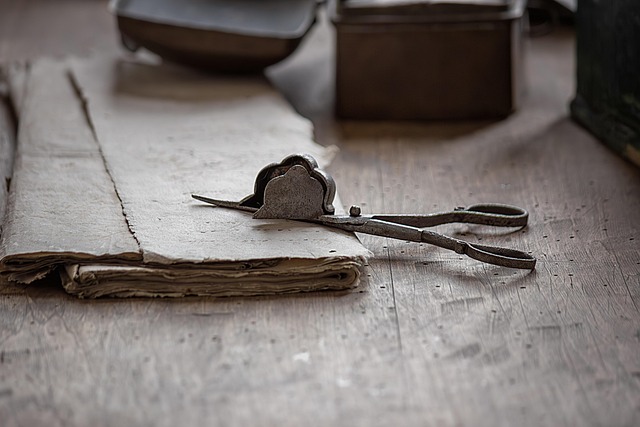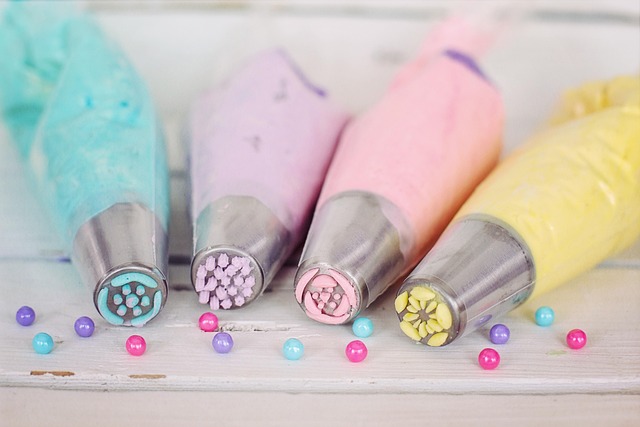Introduction to Sculptural Paper Mache Masks
Welcome to the wonderfully messy and rewarding art of paper mache! While its French name, 'papier-mâché,' translates to 'mashed paper,' this humble medium allows you to transform simple paper strips and paste into durable, intricate sculptural masks. This beginner-friendly guide covers everything from gathering supplies to adding the final decorative touches, empowering you to bring your own unique characters to life.
Gathering Your Supplies

Before diving in, gather these essential materials:
- Newspaper (black and white print preferred) or plain paper towels: Cut or torn into strips.
- Masking tape: Essential for building up forms and adding structural details *before* applying paper mache.
- Adhesive: All-purpose white flour OR PVA/white school glue.
- Water: For mixing your paste.
- Mask Form/Armature: A balloon, plastic mask form, clay sculpture, wire mesh, or even crumpled paper shaped with tape.
- Release Agent: Petroleum jelly (Vaseline) or plastic wrap to prevent sticking to your form.
- Acrylic paints: A wide range of colors for bringing your mask to life.
- Clear sealant or varnish (spray or brush-on, matte or gloss): To protect your finished mask.
- Cutting tools: Scissors for paper strips and trimming; craft knife for refining edges (use with caution, adult supervision recommended).
- Sandpaper (medium and fine grit): For smoothing the dried surface.
- Assorted brushes: Larger ones for paste application, smaller ones for painting details.
- Mixing bowl and stirrer: For preparing the paste.
- Protective covering: Newspaper or a drop cloth for your workspace.
Mixing Your Paper Mache Paste
Choose one of these common paste recipes:
- Classic Flour Paste: Whisk 1 part all-purpose flour with 1-2 parts water until smooth (aim for a thin cream or pancake batter consistency). Adding a tablespoon of salt can help deter mold. For a smoother, stronger paste, some artists briefly boil this mixture (like making gravy), letting it cool completely before use.
- Glue Paste: Mix 1 part white PVA glue (like school glue) with 1 part water. Stir well. This dries clearer and is generally stronger and more moisture-resistant.
The Paper Mache Process: Step-by-Step Guide

- Prepare Your Form: Secure your chosen mask form. To prevent sticking, lightly coat the form with petroleum jelly or cover it smoothly with plastic wrap secured with tape. Place balloon forms in a bowl or cup for stability.
- Prepare Paper Strips: Tear (don't cut, torn edges blend better!) newspaper or paper towels into strips. Aim for roughly 1 inch wide and 4-6 inches long. Varying sizes can be useful.
- Apply the First Layer: Dip a paper strip into your chosen paste, run it between your fingers to remove excess (saturated but not dripping). Smooth the strip onto your prepared form. Overlap strips slightly, ensuring full coverage. Tip: Alternate layers using newspaper text pages and picture pages to easily track your layer count.
- Build Up Layers: Apply additional layers, alternating the direction of the strips (e.g., horizontal, then vertical) for strength. Aim for 3-5 layers for a sturdy mask. Allow each layer to become tacky or mostly dry before adding the next to prevent sogginess.
- Sculpt Details (Optional): While the final layers are still damp, or by adding new paste-soaked strips/shapes, sculpt features like noses or brows by layering smaller pieces of paper or paper pulp (paper mashed with paste). Masking tape applied *under* the paper mache can also create defined shapes.
- Dry Thoroughly: Place the mask in a warm, dry, well-ventilated area. Complete drying can take 24-72 hours depending on size, layers, and humidity. Ensure it's bone dry and hard before proceeding.
- Demold the Mask: Once completely dry, carefully remove the mask from the form. If using a balloon, gently deflate or pop it. If using a rigid form, gently ease the mask off.
- Refine and Smooth: Trim uneven edges with sharp scissors or a craft knife (carefully!). Use medium-grit, then fine-grit sandpaper to smooth rough areas. Optional: Apply gesso or primer for a uniform painting surface.
Finishing and Decorating Your Creation

Now for the transformation! Unleash your creativity with acrylic paints. Experiment with colors, patterns, textures, and techniques like dry brushing or washes. Once paint is fully dry, apply 1-2 coats of clear sealant (matte, satin, or gloss) to protect your artwork. Consider adding embellishments like feathers, beads, or fabric scraps using strong craft glue.